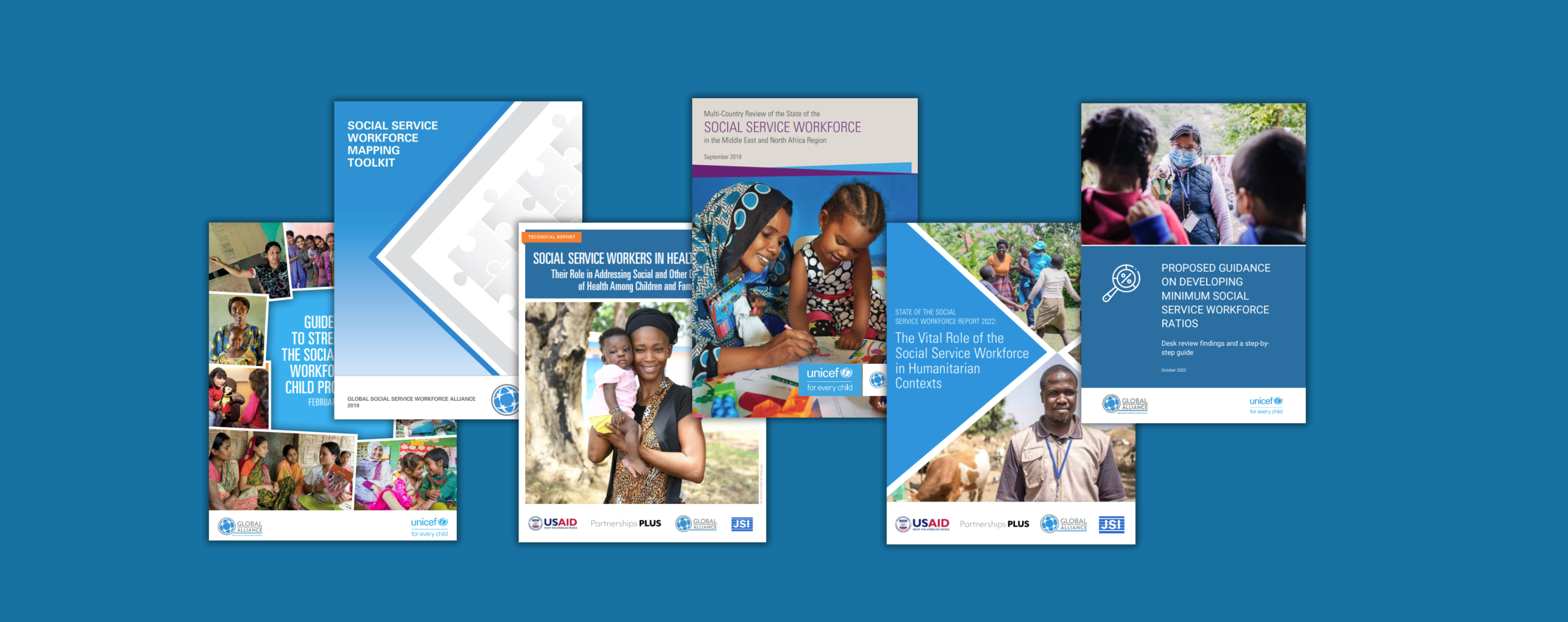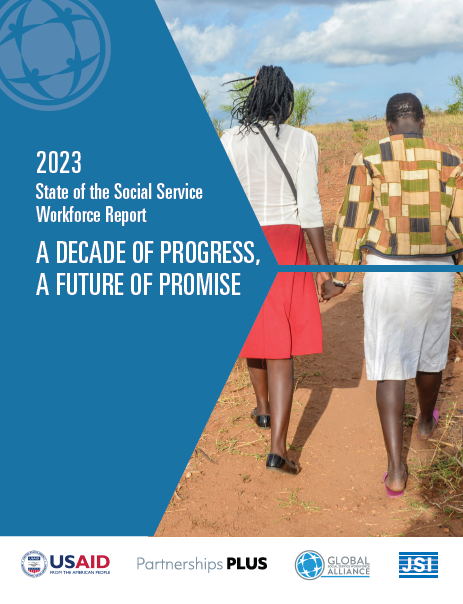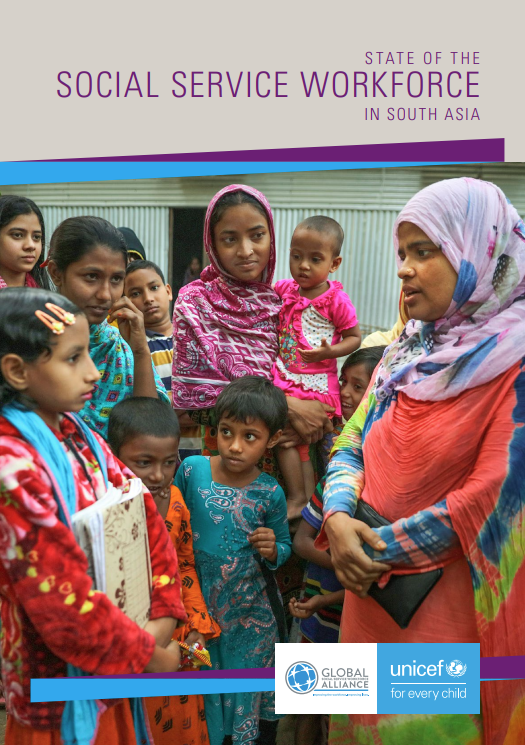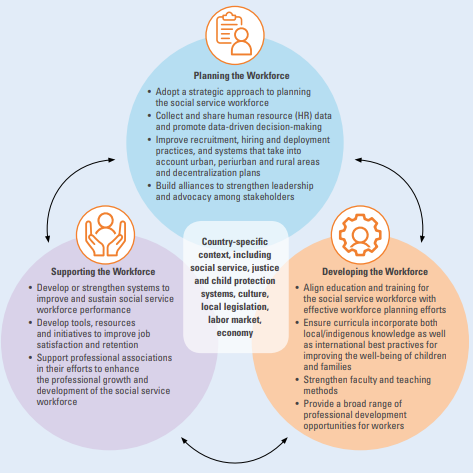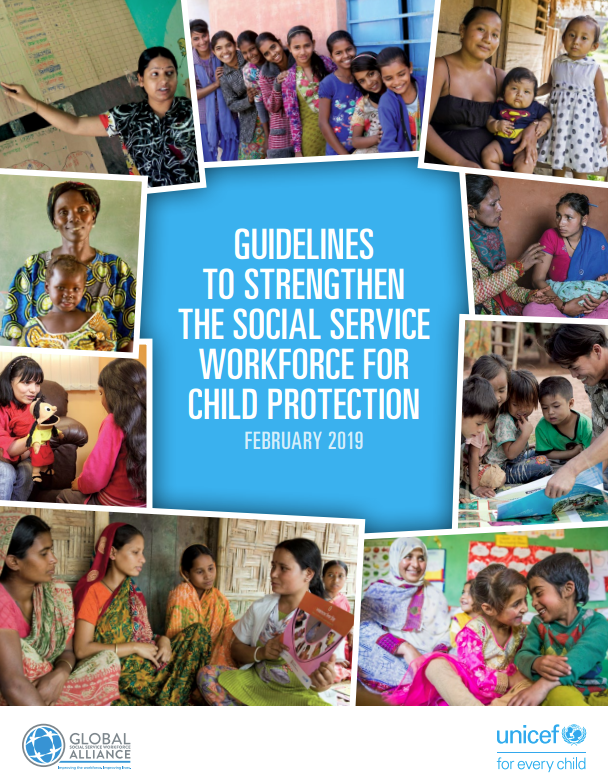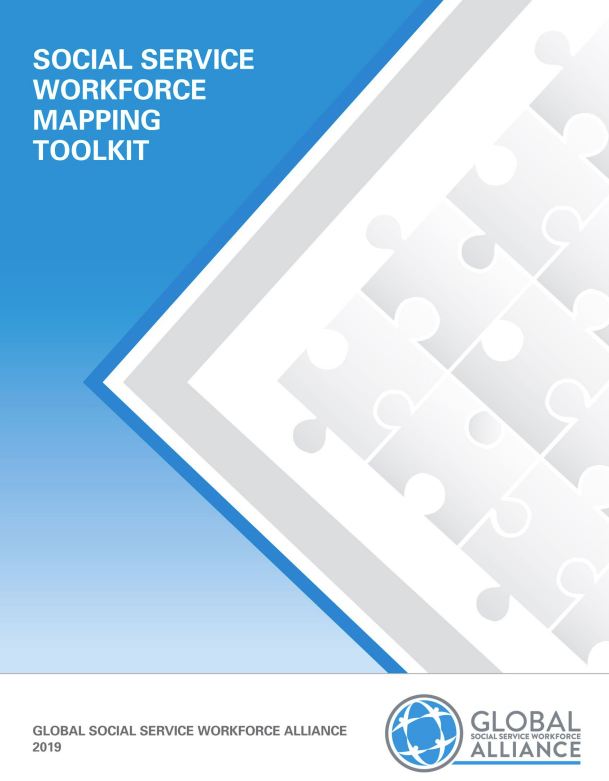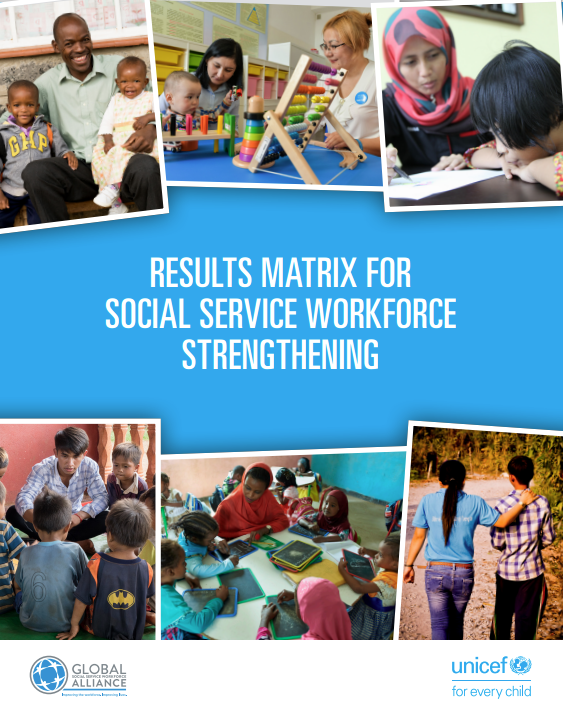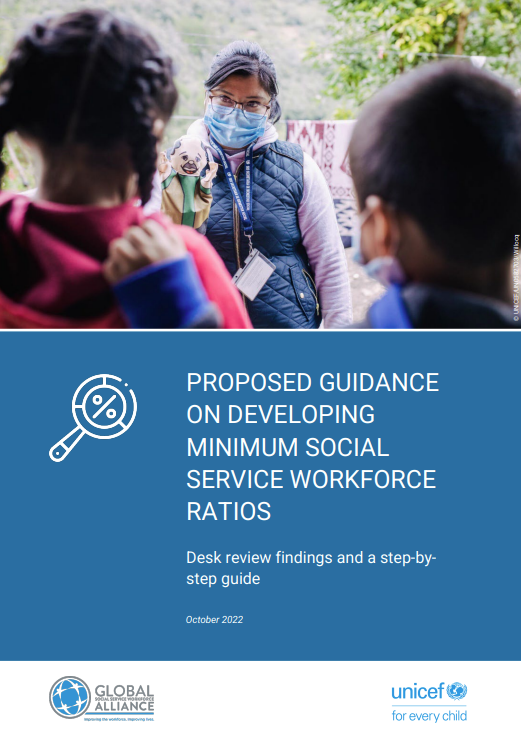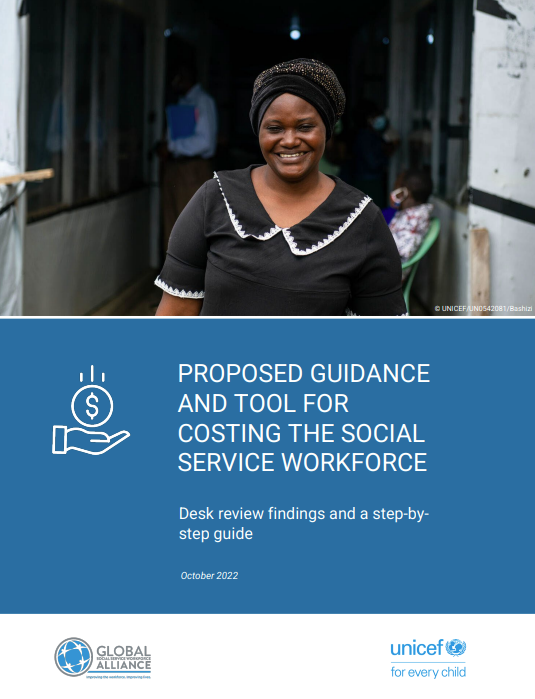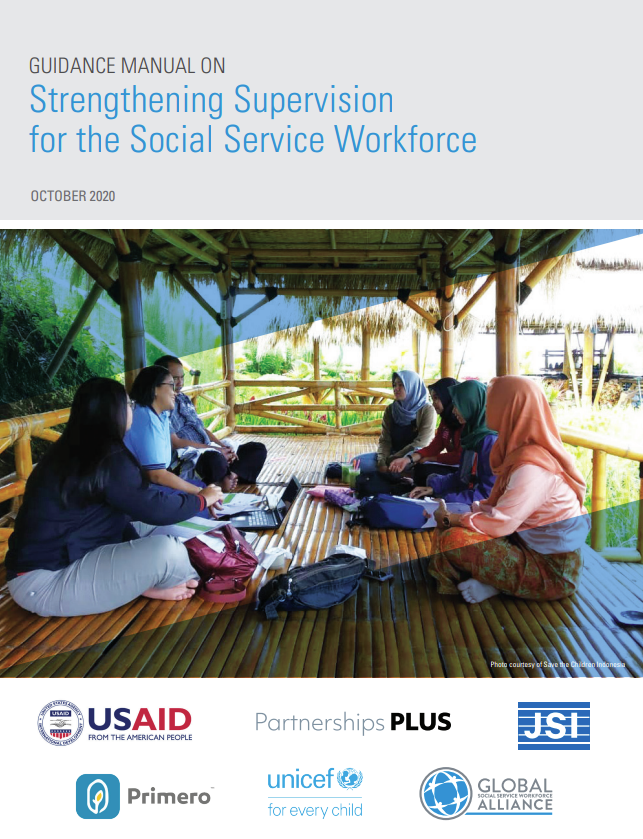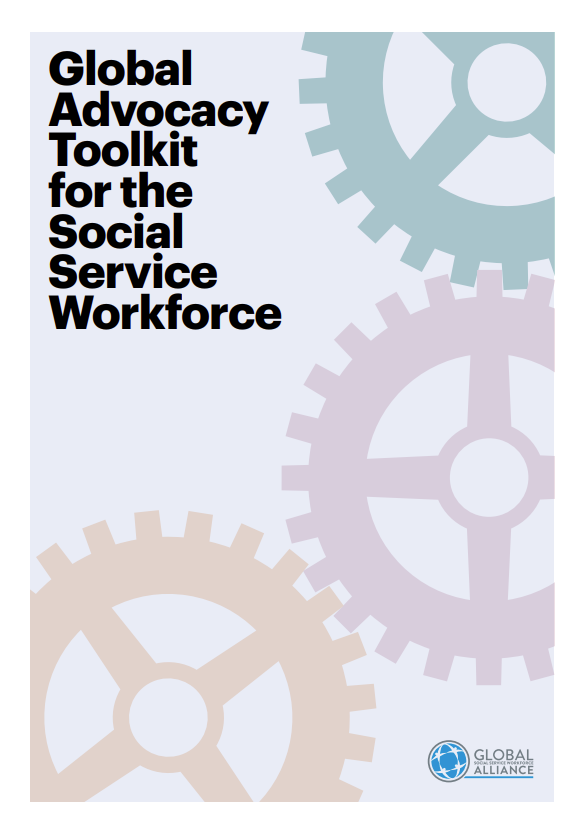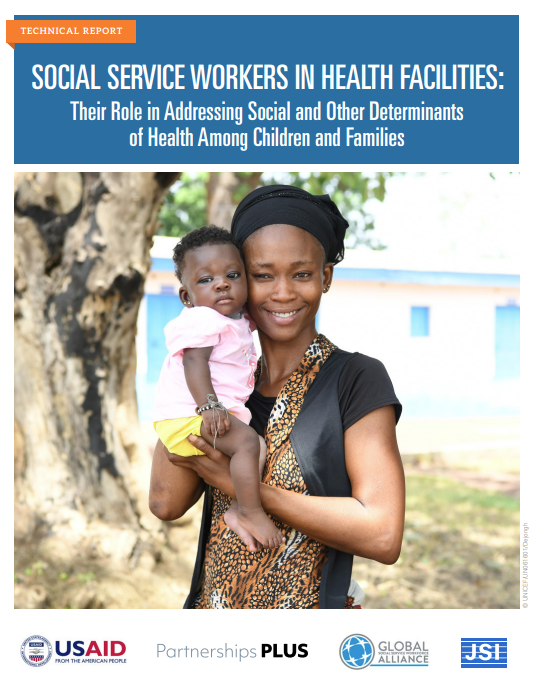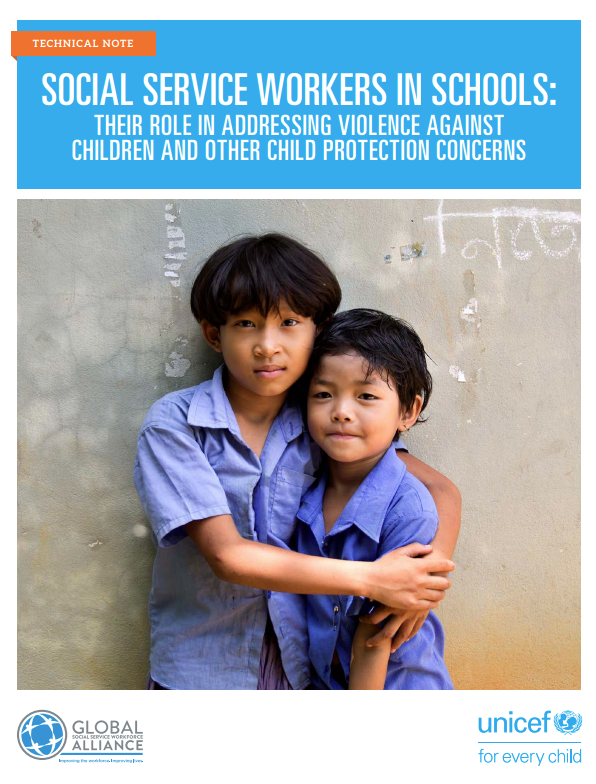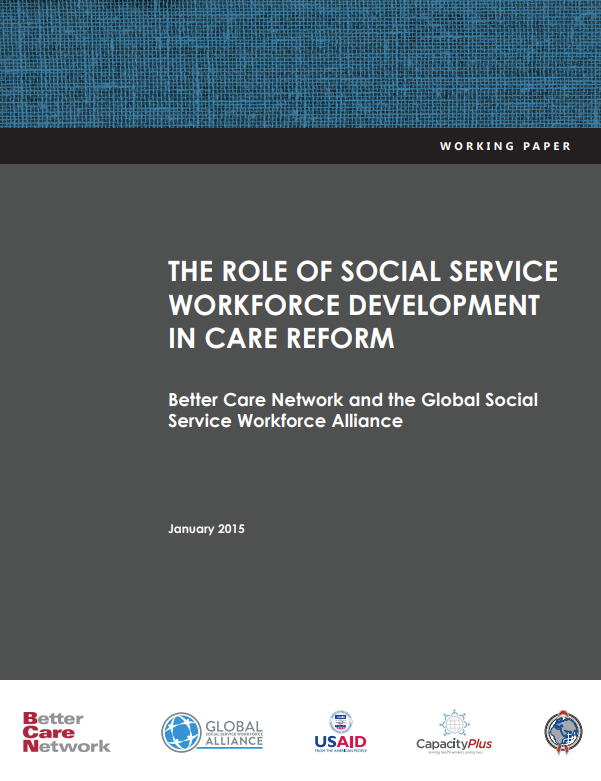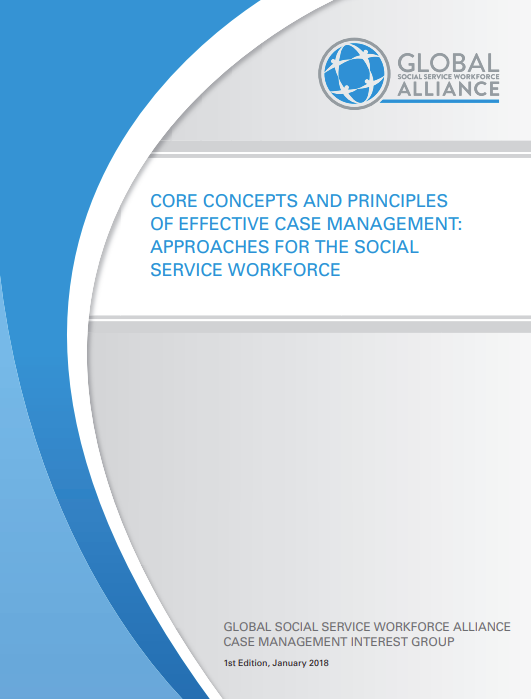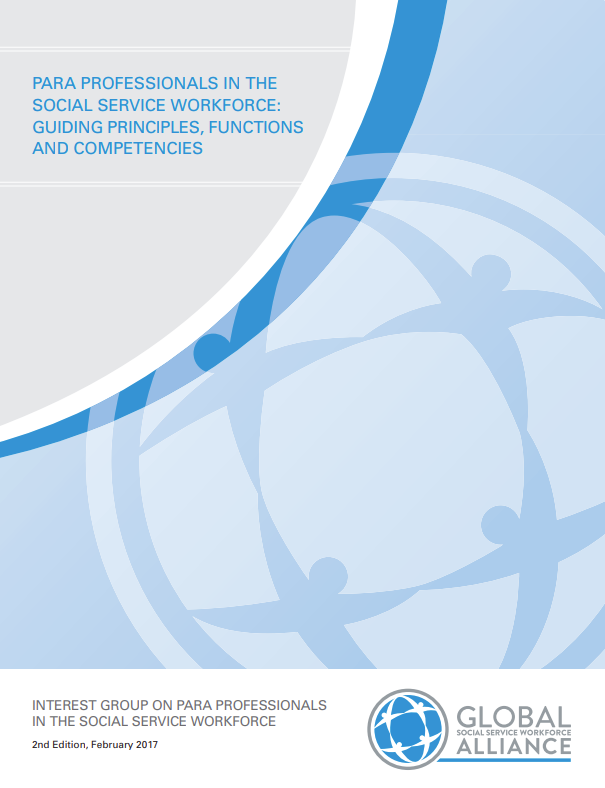The Alliance has developed and collaborated on a number of resources and tools to accelerate programming on social service workforce strengthening, and aid efforts to better plan, develop and support the social services workforce. We highly encourage the use of these resources and tools.
Looking for additional resources on social service workforce strengthening? Our Resource Database features over 1,400 resources produced by our members and partners.
State of the Social Service Workforce Reports
Our annual State of the Social Service Workforce Reports have analyzed social service workforce-related trends and lessons in more than 70 countries. They shed light on key workforce trends and showcase innovative and effective workforce strengthening initiatives.
Regional Workforce Reviews
The Alliance has conducted workforce mapping assessments, in coordination with UNICEF, across three regions and 32 countries to allow countries to make data-informed decisions to strengthen their workforce. Our Regional Workforce Reviews summarize the status of the social service workforce in each region and identify challenges and opportunities for workforce strengthening. Each assessment was conducted using our Social Service Workforce Mapping Toolkit.
Social Service Workforce Strengthening Framework
Our Social Service Workforce Strengthening Framework has been reviewed, adapted and utilized around the world as the key framework to guide workforce strengthening efforts. It outlines what are now widely considered as the core best practice elements of planning, developing and supporting the workforce. It is intended as a guide to support country efforts to strengthen the social service workforce and systems.
Guidelines to Strengthen the Social Service Workforce For Child Protection
These Guidelines, developed in consultation with UNICEF, are designed to accelerate programming on social service workforce strengthening for child protection. Focusing on three key aspects of social service workforce strengthening—planning, developing and supporting—the guidelines highlight a series of interventions that focus on enhancing the capacity of the workforce to deliver promotive, preventative, and responsive interventions that support families and children in communities.
Social Service Workforce Mapping Toolkit
This toolkit serves as a step-by-step guide for completing a national social service workforce mapping process. It packages tips, key considerations, sample tools, terms of reference and other guidance. As a result of completing this mapping process, groups will have data and information about the current status of the social service workforce in their country and will be better able to identify recommendations and strategies to improve the workforce going forward.
Results Matrix for Social Service Workforce Strengthening
This results matrix, developing in collaboration with UNICEF, is meant to guide the measurement of progress toward strengthening the social service workforce. Measuring progress against the specified indicators can help increase understanding of the impact of efforts to strengthen the social service workforce and of areas that need more attention. This matrix is a companion piece to the Guidelines to Strengthen the Social Service Workforce for Child Protection and aligns with the Social Service Workforce Mapping Toolkit.
Proposed Guidance on Developing Minimum Social Service Workforce Ratios
Establishing a minimum social service worker to population ratio and allocating resources for workforce development and support will help enable equitable access to quality social services for all. This guide aims to serve as a step-by-step guide for estimating minimum workforce ratios at the country level or for a specific local context. This guidance can be used in correlation with our Proposed Guidance for Costing the Social Service Workforce.
Proposed Guidance for Costing the Social Service Workforce
Adequate investment in the social service workforce ensures that people in need can receive social services that are of sufficient quality. The guidance advises policy makers and planners on how to calculate the costs of human resources required to meet a target minimum ratio of social service workers per population. This guidance can be used in correlation with our Proposed Guidance on Developing Minimum Social Service Workforce Ratios.
Guidance Manual on Strengthening Supervision for the Social Service Workforce
Effective supervision results in improved quality of service to clients and reduced worker stress and burnout. The manual offers guidance on supervision to individuals working to provide, manage or coordinate social services. It defines what is meant by supervision in social services, outlines the key elements of good practice in supervision and summarizes the different forms of supervision.
Global Advocacy Toolkit for the Social Service Workforce
This toolkit provides advocates with a common set of tools and messages with which to bring about greater political and programmatic priority for strengthening the social service workforce. It includes lessons from behavioral science and original research on the most effective ways to communicate to policy and decision-makers. It features case studies, stories, fact sheets and infographics, which can be used individually or together.
Social Service Workers in Health Facilities: Their Role in Addressing Social and Other Determinants of Health Among Children and Families
This technical report aims to enable policy makers, civil society and advocacy groups to better articulate the value of the social service workforce in health systems. It presents the latest evidence on social service workforce roles, functions and promising practice models, and related influence on health outcomes and costs. It also outlines key challenges, opportunities and recommendations around effective deployment of the social service workforce when located in or linked to health facilities.
Social Service Workers in Schools: Their role in addressing violence against children and other child protection concerns
Social service workers located in or working with schools can play a major role in addressing concerns related to violence, abuse and neglect, mental health and psychosocial well-being. This technical note, developed in collaboration with UNICEF, provides ten key recommendations for how child protection concerns can be addressed in schools and defines the services that the social service workforce, if sufficiently resourced and supported, could provide working in or with schools.
The Role of Social Service Workforce Development in Care Reform
This working paper explores the topic of social service workforce strengthening as it relates to child care reform, drawing from examples in Indonesia, Moldova and Rwanda. It is intended to be a useful resource for reform efforts for use by policy-makers, practitioners and service providers in contexts that are either considering the implications of care reforms for their social service workforce or are already engaged in the process.
Core Concepts and Principles of Effective Case Management
The use of quality case management practices has been shown to improve decision-making and service delivery in child welfare and protection. The document aims to support the social service workers responsible for implementing a case management process by articulating the main principles and concepts of case management. It is meany to serve as a guide to help inform local and contextualized approaches.
Para Professionals in the Social Service Workforce: Guiding Principles, Functions and Competencies
While community level workers, often para professionals, provide an array of social services in various countries across the globe, the functions and activities of these workers are not well described or delineated within or across countries. This document provides guidance for developing programs and activities related to how para professionals can be trained, developed, deployed and supported.
Additional Alliance Resources
- Social Service Workforce Safety and Wellbeing during the COVID-19 Response (2020): This technical note was developed to provide guidance on how to support the social service workforce and empower them to safely serve children, families, and communities during the COVID-19 pandemic.
Review of Legislation and Policies that Support the Social Service Workforce in Low- and Middle-Income Countries (2016): This document provides a snapshot of social service workforce-supportive policies and legislation in selected countries and provides examples of aspects of legislation that feature the workforce.
Evidence Base on the Social Service Workforce: Current Knowledge, Gaps and Future Research Direction (2016): This report aims to establish a clearer picture of the state of the current evidence, identify evidence gaps and suggest priority research needs.
Evidence Matrix for the Social Service Workforce (2016): The matrix was developed using key words and accessing multiple data libraries and search engines to explore academic and grey literature as it relates to the Framework for Strengthening the Social Service Workforce Alliance. This document was used to inform the Evidence Base Report.
The Composition of the Social Service Workforce in HIV/AIDS-Affected Contexts (2013): Provides a description of the composition of the social service workforce, including typical functions, titles, and levels and types of education and training.
Under Recognized Cadres of HRH in Africa: Professionalizing the Social Service Workforce (2013): Data and examples of the workforce in Africa, including recommendations for greater support.
Recruitment and Retention of Social Work Faculty: A multi-country review (2015): Consolidates main challenges and effective strategies related to faculty recruitment and retention around the world.

